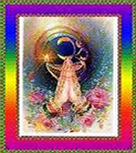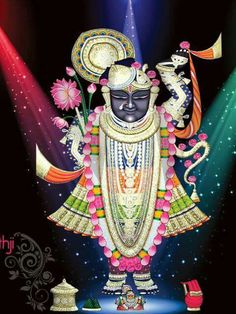(1889-1964)
too, saw Vande Mataram as the most powerful anti-imperialistic battle cry and had declared that he associated the purest nationalist spirit with it.
***
Ode to Motherland
Vande Matram – the first expression of Indian Nationhood.
“I bow to you, my mother”
Vande maataram Sujalaam suphalaam
malayaja shiitalaam Sasyashyaamalaam maataram
Shubhrajyotsnaa pulakitayaaminiim
Pullakusumita drumadala shobhiniim
Suhaasiniim sumadhura bhaashhiniim
Sukhadaam varadaam maataram
Koti koti kantha kalakalaninaada karaale
Dwisapta koti bhujaidhrat kharakaravaale
Abalaa keno maa eto bale Bahubaladhaariniim
Namaami taariniimRipudalavaariniim Maataram
Tumi vidyaa tumi dharmaTumi hridi tumi marma
Tvam hi praanaah shariireBaahute tumi maa shaktiHridaye tumi maa bhakti
Tomaara i pratimaa gadiMandire mandire
Tvam hi Durgaa dashapraharanadhaarinii
Kamalaa kamaladala vihaarinii
Vaanii vidyaadaayinii namaami tvaam
Namaami kamalaam amalaam atulaam
Sujalaam suphalaamMaataram
Vande Mataram Shyaamalaam saralaam susmitaam bhuushhitaam
सुजलाम, सुफलाम, मलयज शीतलाम्,
शस्य श्यामलाम मातरम |
शुभ्र ज्योत्सना पुलकित यामिनीम्,
फुल्ल कुसमित द्रुमदल शोभिनीम्
सुहासिनीम सुमुधुर भाषिणीम्
सुखदाम वरदाम मातरम् |
वंदे मातरम् ||
कोटि-कोटि कंठ कल-कल निनाद कराले,
कोटि-कोटि भुजैधृत खर कर वाले |
अबला केनो मां एतो बले
बहुबल धारिणीम् नमामि तारिणीम्,
रिपुदल वारिणीम मातरम् |
वंदे मातरम् ||
तुमि विद्या तुमि धर्म, तुमि हृदि तुमि मर्म,
त्वं हि प्राणाः शरीरे
बाहुते तुमि मां शक्ति, हृदये तुमि मां भक्ति
तोमारई प्रतिमा गड़ि मन्दिरे-मन्दिरे
वंदे मातरम् ||
त्वं हि दुर्गा दशप्रहरण धारिणी
कमला कमल-दल विहारिणी
वाणी विद्यादायिनी नमामि त्वाम्
नमामि कमलाम्, अमलाम्, अतुलाम्,
सुजलाम्, सुफलाम्, मातरम्,
वंदे मातरम् ||
श्यामलाम्, सरलाम्, सुस्मिताम्, भूषिताम्
धारिणीम भरणीम मातरम्|
वंदे मातरम् ||
***
(1838 – 1894)
wrote the lyrics of Vande Mataram, or at least the first two stanzas of the song, much before he penned Anandamath, his novel celebrating the sanyasi uprising against the tyrannical rule of Bengal’s Muslim subedars. The original version was written sometime in the early 1870s – probably 1875 – and was later expanded into its full version and incorporated in Anandamath in 1881. Much later, when Vande Mataram became the rallying cry of India’s freedom movement, after it was set to music by Gurudev Rabindranath Tagore and adopted as the National Song at the Varanasi session of the Congress on September 7, 1905 (it was accorded this status, bringing it at par with the National Anthem, officially by the Constituent Assembly on January 24, 1950)


















2 Responses to Vande Mataram…
Type a word in English and press SPACE to transliterate. Press CTRL+G to switch between English and Gujarati.
Thanks for supporting & encouraging me with your precious comments.
Facebook Comments